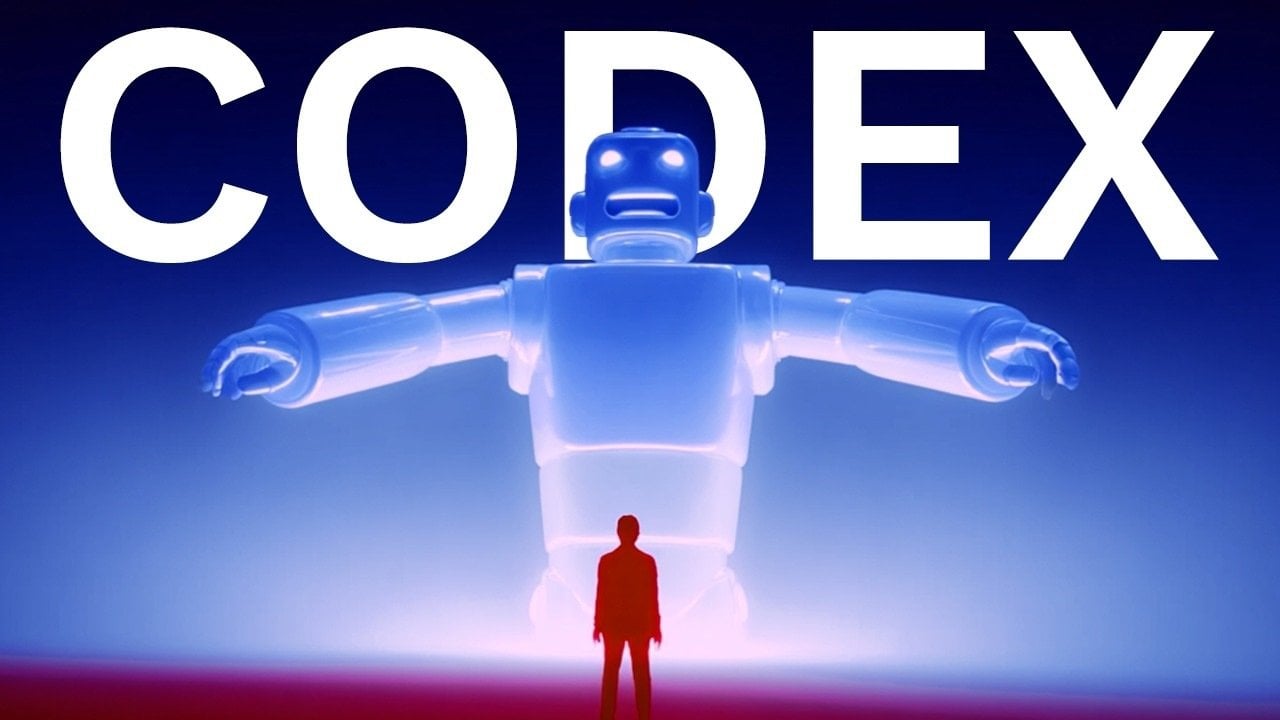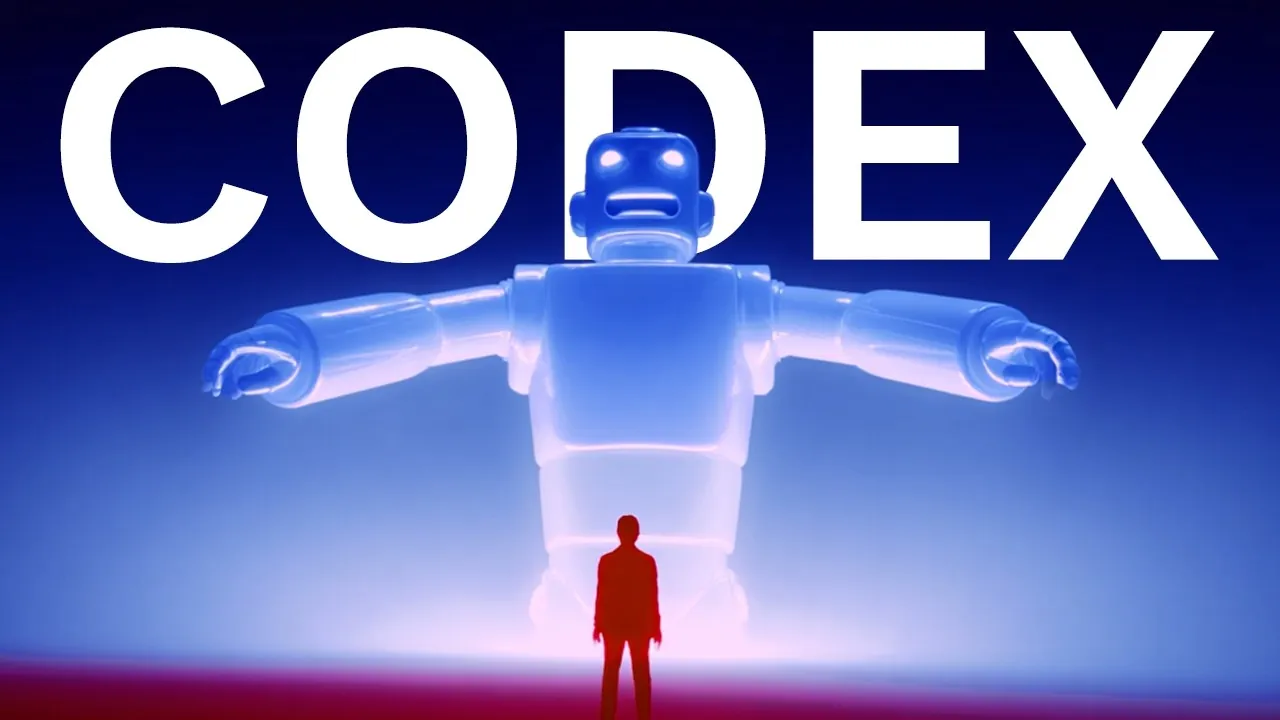OpenAI ChatGPT Codex 2.0 : Shaking Up the Software Development World – Geeky Gadgets

Geeky Gadgets
The Latest Technology News
By 
What if the very tools designed to empower developers began to outpace them? OpenAI’s Codex 2.0, powered by the innovative GPD5 High model, has done more than just refine AI-assisted programming, it has redefined it. With its ability to tackle intricate programming challenges, automate debugging, and modularize code with unprecedented precision, Codex 2.0 doesn’t just assist developers; it challenges the very nature of their role. Is this the dawn of a new era of collaboration between humans and machines, or the beginning of a seismic shift in the software development landscape? One thing is clear: Codex 2.0 is not just a tool, it’s a disruptor.
In this overview, David Ondrej explains how Codex 2.0 is reshaping the boundaries of what AI can achieve in programming. From its advanced reasoning engine that dedicates 80% of its capacity to solving complex problems to its tailored versions designed for diverse workflows, Codex 2.0 offers both promise and provocation. But with great power comes great responsibility, and challenges. How will developers adapt to this new paradigm? What does it mean for the future of coding as a craft? As we unpack the features, strengths, and limitations of Codex 2.0, you’ll discover why this isn’t just an upgrade, it’s a revolution that could redefine the art and science of software development.
TL;DR Key Takeaways :
Codex 2.0 is available in three distinct versions, each tailored to meet specific development workflows and preferences. These versions ensure flexibility and seamless integration into various environments:
These options allow developers to choose the version that best aligns with their workflow, making sure Codex 2.0 becomes an indispensable part of their toolkit.
At the heart of Codex 2.0 lies the GPD5 High model, a innovative AI engine that dedicates 80% of its token capacity to reasoning. This focus enables Codex to tackle complex programming tasks with remarkable precision and depth. For instance, it can analyze intricate challenges for extended periods, often exceeding five minutes, outperforming competitors like Cloud Code in both computational depth and reasoning accuracy.
This advanced reasoning capability makes Codex 2.0 particularly effective for tasks such as:
By using these capabilities, developers can tackle even the most demanding projects with confidence and efficiency.
Take a look at other insightful guides from our broad collection that might capture your interest in OpenAI’s Codex AI coding CLI .
Codex 2.0 is designed to support both synchronous and asynchronous workflows, offering a versatile set of features that cater to a wide range of development scenarios. Its key capabilities include:
These features not only streamline development processes but also enhance the overall quality of software projects, making Codex 2.0 a valuable asset for developers aiming to optimize their workflows.
To maximize the benefits of Codex 2.0, effective prompt engineering is crucial. Providing clear, concise, and structured instructions ensures the tool delivers accurate and efficient results. Best practices for prompt engineering include:
For example, when tasked with creating a prompt compression tool, Codex demonstrated its ability to chunk, score relevance, and apply compression logic effectively. However, thoughtful guidance from the user is essential to ensure optimal performance and avoid unnecessary complications.
While Codex 2.0 excels in handling complex, resource-intensive tasks, it is not without its limitations. It can be slower and more prone to overengineering compared to Cloud Code, which is better suited for quick responses and front-end development tasks due to its superior UI/UX capabilities.
An effective strategy involves using the strengths of both tools. Codex can be used for heavy-duty programming and problem-solving, while Cloud Code can serve as a complementary tool for consulting, verification, and front-end tasks. This balanced approach allows developers to harness the unique advantages of each platform, optimizing their overall workflow.
Despite its advanced capabilities, Codex 2.0 requires active user involvement to achieve the best results. Developers must address certain challenges to fully integrate the tool into their workflows:
By addressing these considerations, developers can ensure that Codex 2.0 is used effectively, maximizing its potential while minimizing potential drawbacks.
Codex 2.0 represents a significant leap forward in AI-assisted programming, offering developers a powerful tool to enhance their capabilities. However, it is not a replacement for human expertise. Instead, it serves as a collaborative partner, allowing developers to tackle challenges more efficiently and push the boundaries of innovation.
By combining Codex’s advanced reasoning and problem-solving capabilities with human creativity and expertise, developers can achieve new levels of productivity and innovation. As AI-assisted programming continues to evolve, tools like Codex 2.0 will play an increasingly important role in shaping the future of software development.
Media Credit: David Ondrej
Latest Geeky Gadgets Deals
Disclosure: Some of our articles include affiliate links. If you buy something through one of these links, Geeky Gadgets may earn an affiliate commission. Learn about our Disclosure Policy.